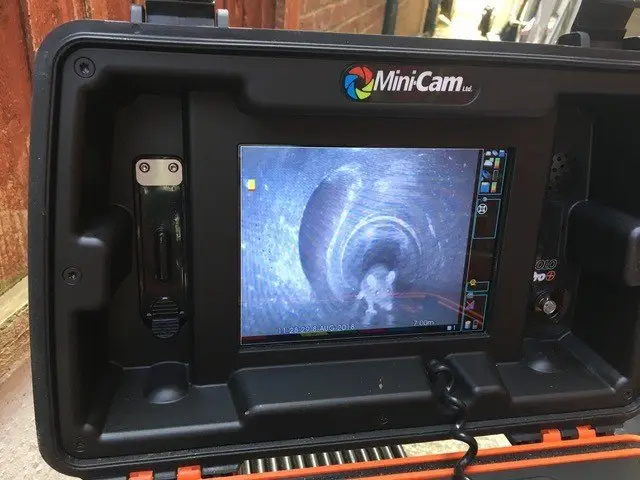Absolutely – all day every day is the answer.
Since the sewer infrastructure was put in place by the Victorians nearly 150 years ago, it has represented the perfect habitat for the Norwegian or Brown rat (otherwise known as the ‘sewer rat’).
Think of all the food you wash off your plate every night or put down the processor? Goes into the sewers.
Think of all the hot water you run having steamy showers and baths? Goes into the sewers.
Much of London’s surface water too still ends up in the sewer system bringing with it worms, slugs, spiders and other insect life washed through during downpours.
End result is a warm, safe, dark and secluded place full of foods for rats to thrive and breed.
Even man’s waste products contain undigested foods that rats can recycle – yep, they eat that stuff too.
Water is an important factor for rats – not only are they very capable swimmers (and the Brown rat is the best) but they are reliant on it for survival as they cannot gain it from a food source alone (unlike mice).
Many people feel safe aware of the multitude of U-bends/water traps that the Victorians put into their drainage systems but the Brown rat can hold its breath underwater for up to 30 seconds and can swim for half a mile so a U-bend or two is no obstacle!
They are very comfortable in a semi-aquatic environment and sewer temperatures are always quite stable throughout the year due to them being underground and routinely topped up with heated water from domestic use.
Life in a sewer is a pitch black existence but again this is how the rat likes it – it’s a nocturnal species that relies predominantly on touch and smell and has evolved to be optimal in that environment.
Because sewers are pitch black 24/7, sewer rats can be active during daylight hours so as to capitalise on peak periods of human activity.
Even the network of pipes and passages suits their behaviour – rats (and mice) have a behavioural tendency to run their whiskers against walls (thigmotaxy) and generally avoid wide open spaces.
So running up and down a network of pipes feels very natural and comfortable for them.
There are no known predators of the rats within the sewer systems (other than the other rats) and large populations in confined spaces provide ultimate breeding opportunity in terms of both number and choice of mate.
So why do they invade our buildings then?
The downside to sewer systems is a lack of suitable nesting and resting space – water levels can rise and fall dramatically and there is little in the way of seclusion or privacy from all the other rats (imagine trying to sleep and raise kids in a subway).
This means rats that attempt to nest and rest within the sewer system are frequently disrupted by sudden rises in water levels and challenges by other rats.
Rats do sleep and females also need to protect offspring from predation by other rats, so a nice quiet, warm wall void or roof space is perfect – provided they can still access a drain!
There is no food in a wall void or roof space so they will still return to the sewers on a daily basis for food and water – they cannot sustain their existence without this.
Our modern buildings with central heating, wall insulation, loft insulation and lots of cavity introduction provide the perfect nesting and resting location – so if a drainage defect provides the opportunity then the rat will take full advantage.
And whilst they’re in your building fabric they’ll satisfy their innate need to gnaw by chewing on your wires, plastic pipes and wooden timbers.
They’ll also produce around 40 droppings a day and dribble urine everywhere just to make it smell like home.
And eventually they’ll find that concealed wall/floor junction under the kitchen units or pipe passage point through a wall and emerge into the living areas attracted by the smell of human occupation.
Don’t say we didn’t warn you!


